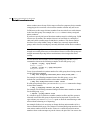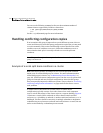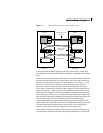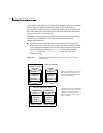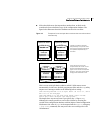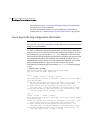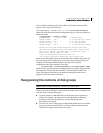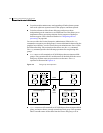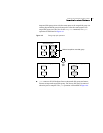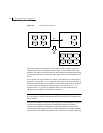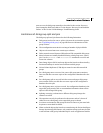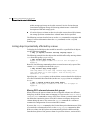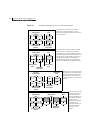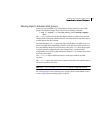
196 Creating and administering disk groups
Reorganizing the contents of disk groups
■ To perform online maintenance and upgrading of fault-tolerant systems
that can be split into separate hosts for this purpose, and then rejoined.
■ To isolate volumes or disks from a disk group, and process them
independently on the same host or on a different host. This allows you to
implement off-host processing solutions for the purposes of backup or
decision support. This is discussed further in “Configuring off-host
processing” on page 369.
You can use either the Veritas Enterprise Administrator (VEA) or the
vxdg
command to reorganize your disk groups. For more information about using the
graphical user interface, see the Veritas Enterprise Administrator User’s Guide
and VEA online help. This section describes how to use the
vxdg command.
The
vxdg command provides the following operations for reorganizing disk
groups:
■ move—moves a self-contained set of VxVM objects between imported disk
groups. This operation fails if it would remove all the disks from the source
disk group. Volume states are preserved across the move. The
move
operation is illustrated in Figure 4-4.
Figure 4-4 Disk group move operation
■ split—removes a self-contained set of VxVM objects from an imported disk
group, and moves them to a newly created target disk group. This operation
fails if it would remove all the disks from the source disk group, or if an
Source disk group Target disk group
move
Source disk group Target disk group
After
move



